Gardening doesn’t have to be a time-consuming chore. For busy homeowners, beginners, or those in drought-prone areas, low-maintenance outdoor plants are the perfect solution to create a vibrant, thriving garden without constant upkeep. These hardy plants require minimal watering, pruning, or fertilizing, making them ideal for anyone looking to enjoy a beautiful yard with less effort. In this guide, we’ll explore the best low-maintenance outdoor plants, their care needs, and tips to design a stress-free garden, tailored to various U.S. climate zones. Whether you’re in a sunny desert or a cooler northern region, these plants will keep your outdoor space lush with minimal work.
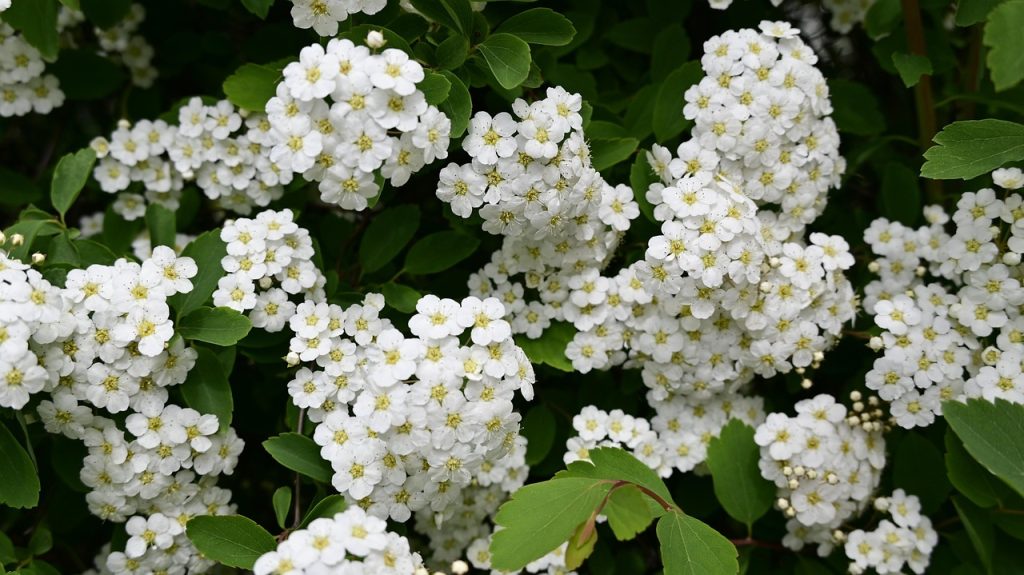
Why Choose Low-Maintenance Plants?
Low-maintenance outdoor plants are a game-changer for gardeners who want beauty without the burden of daily care. They offer:
- Time savings: Perfect for busy schedules, requiring little attention once established.
- Cost efficiency: Reduced need for water, fertilizers, or pest control saves money.
- Sustainability: Many are drought-tolerant or native, supporting eco-friendly gardening.
- Beginner-friendly: Ideal for those new to gardening, with forgiving care needs.
- Resilience: Thrive in diverse climates, from arid zones to cooler regions.
What Makes a Plant Low Maintenance?
Low-maintenance plants share traits that make them easy to care for:
- Drought tolerance: They survive with infrequent watering, ideal for dry climates or water restrictions.
- Pest and disease resistance: Hardy plants resist common pests and diseases, reducing the need for chemical treatments.
- Minimal pruning or fertilizing: These plants maintain their shape and health with little intervention.
Best Low-Maintenance Outdoor Plants
Below is a curated list of low-maintenance shrubs, perennials, ground covers, flowering plants, and drought-tolerant options, with care tips tailored to U.S. climate zones. Each plant is chosen based on guidance from trusted sources like The Spruce, Better Homes & Gardens, and Gardening Know How.
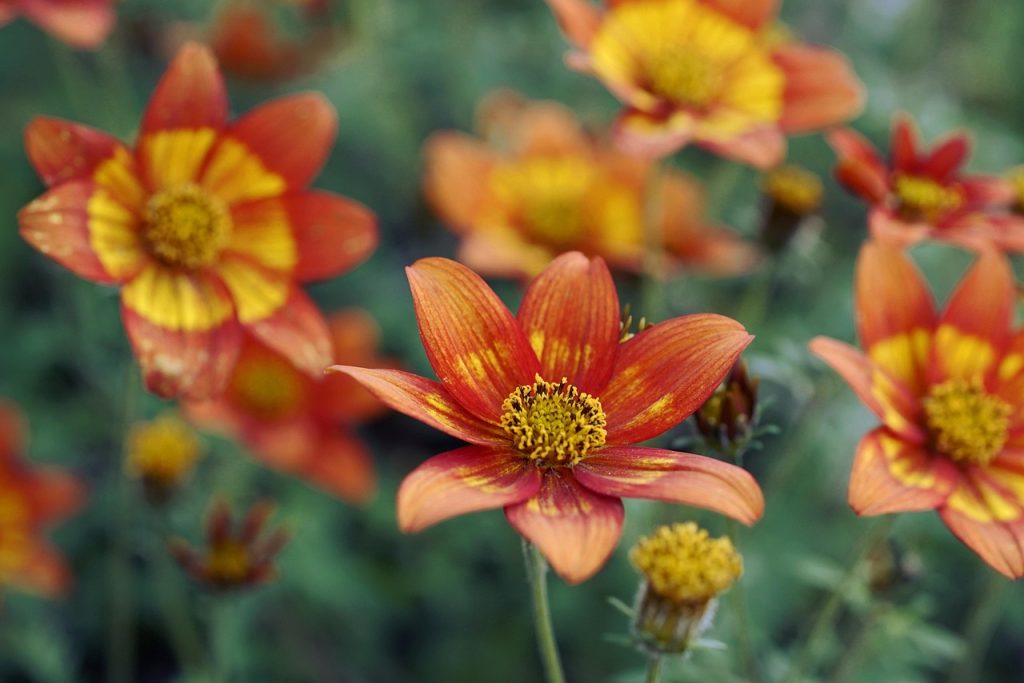
Shrubs
Boxwood (Buxus spp.)
- Climate Zones: 5–9
- Sunlight, Water, and Soil Needs: Prefers partial shade to full sun. Water moderately until established, then sparingly. Thrives in well-drained, loamy soil with a neutral pH (6.5–7.0).
- Seasonal Care Notes: Prune lightly in spring to maintain shape. Mulch in fall to protect roots in colder zones. Fertilize sparingly once a year with a balanced 10-10-10 fertilizer.
- Why It’s Low Maintenance: Evergreen, slow-growing, and pest-resistant, boxwoods hold their shape with minimal pruning.
Juniper (Juniperus spp.)
- Climate Zones: 3–9
- Sunlight, Water, and Soil Needs: Full sun. Water deeply but infrequently after establishment. Adapts to poor, rocky, or sandy soils.
- Seasonal Care Notes: No pruning needed unless shaping is desired. Check for spider mites in hot, dry summers and treat with insecticidal soap if necessary.
- Why It’s Low Maintenance: Extremely drought-tolerant and resistant to pests, junipers thrive in tough conditions.
Hydrangea (Hydrangea macrophylla)
- Climate Zones: 3–8
- Sunlight, Water, and Soil Needs: Morning sun with afternoon shade. Keep soil consistently moist but well-drained. Prefers rich, loamy soil.
- Seasonal Care Notes: Prune old wood varieties in late summer; new wood varieties in early spring. Mulch to retain moisture. Avoid fertilizing after August to prevent weak growth.
- Why It’s Low Maintenance: Once established, hydrangeas need minimal care and produce stunning blooms with little effort.
Perennials
Black-Eyed Susan (Rudbeckia hirta)
- Climate Zones: 3–9
- Sunlight, Water, and Soil Needs: Full sun. Water regularly until established, then drought-tolerant. Grows in average, well-drained soil.
- Seasonal Care Notes: Deadhead spent flowers to encourage reblooming. Cut back in late fall. Divide every 3–4 years to maintain vigor.
- Why It’s Low Maintenance: Native to North America, it’s drought- and pest-resistant, with vibrant yellow blooms.
Coneflower (Echinacea purpurea)
- Climate Zones: 3–8
- Sunlight, Water, and Soil Needs: Full sun to partial shade. Water moderately during establishment, then sparingly. Tolerates poor soils but prefers well-drained loam.
- Seasonal Care Notes: Deadhead to extend blooming. Leave seed heads in winter to attract birds. Divide every 4–5 years.
- Why It’s Low Maintenance: Hardy, pest-resistant, and attracts pollinators, coneflowers thrive with minimal care.
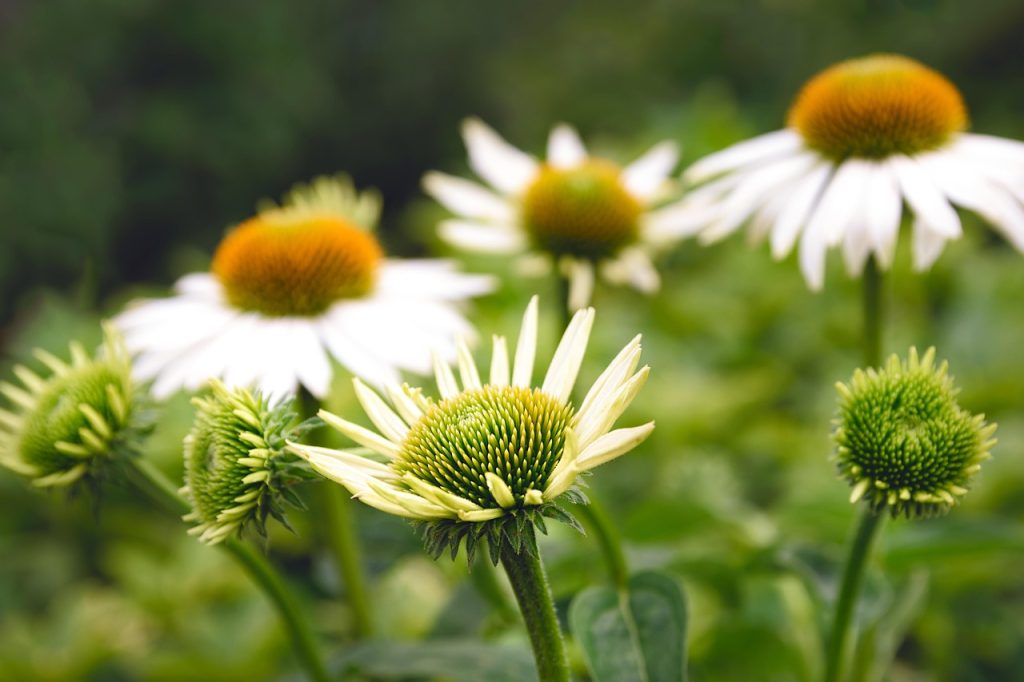
Hosta (Hosta spp.)
- Climate Zones: 3–9
- Sunlight, Water, and Soil Needs: Partial to full shade. Keep soil consistently moist but well-drained. Prefers rich, organic soil.
- Seasonal Care Notes: Remove dead leaves in fall. Protect from slugs with diatomaceous earth or copper tape. Divide in spring if overcrowded.
- Why It’s Low Maintenance: Shade-tolerant and low-fuss, hostas offer lush foliage with minimal upkeep.
Ground Covers
Creeping Thyme (Thymus serpyllum)
- Climate Zones: 4–9
- Sunlight, Water, and Soil Needs: Full sun. Water sparingly once established. Thrives in poor, sandy, or rocky soils.
- Seasonal Care Notes: Trim lightly after flowering to maintain shape. Avoid overwatering to prevent root rot.
- Why It’s Low Maintenance: Drought-tolerant and pest-resistant, it forms a dense mat that suppresses weeds.
Sedum (Sedum spp.)
- Climate Zones: 3–9
- Sunlight, Water, and Soil Needs: Full sun. Water infrequently; highly drought-tolerant. Prefers well-drained, sandy soil.
- Seasonal Care Notes: Cut back dead stems in spring. Divide every 3–4 years to prevent overcrowding.
- Why It’s Low Maintenance: Succulent-like sedums thrive in harsh conditions and require little care.
Flowering Plants
Lavender (Lavandula angustifolia)
- Climate Zones: 5–9
- Sunlight, Water, and Soil Needs: Full sun. Water sparingly once established. Needs well-drained, slightly alkaline soil.
- Seasonal Care Notes: Prune lightly after flowering to maintain shape. Avoid wet, heavy soils. Mulch lightly in colder zones.
- Why It’s Low Maintenance: Drought-tolerant and pest-resistant, lavender adds fragrance and color with minimal effort.
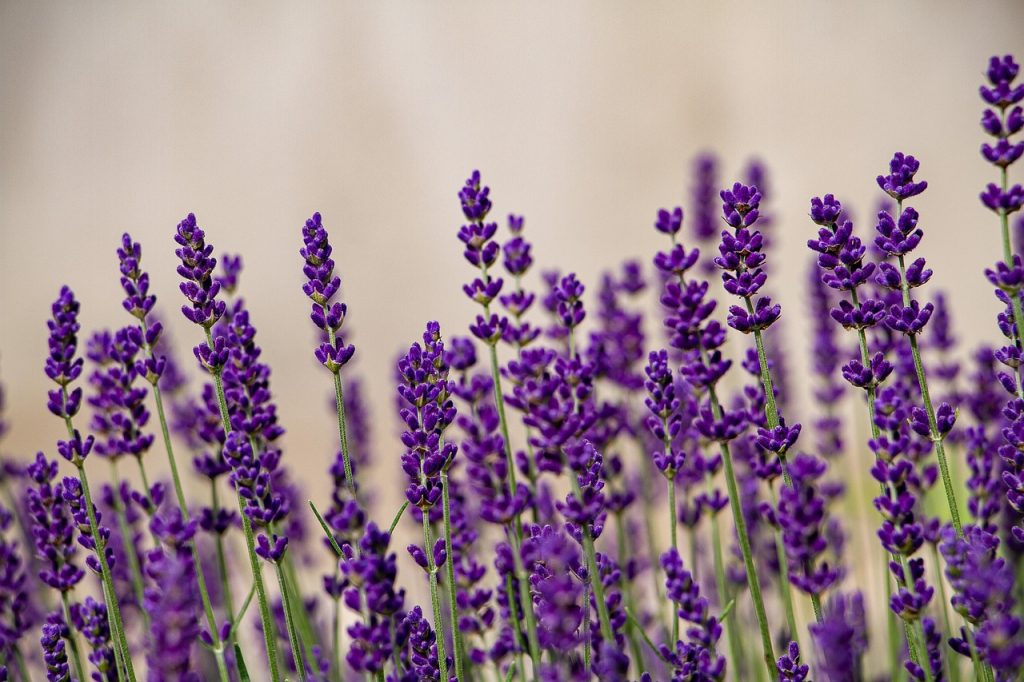
Daylily (Hemerocallis spp.)
- Climate Zones: 3–9
- Sunlight, Water, and Soil Needs: Full sun to partial shade. Water regularly during establishment, then drought-tolerant. Adapts to most soils.
- Seasonal Care Notes: Remove spent blooms to keep tidy. Divide every 3–5 years to rejuvenate. Cut back foliage in fall.
- Why It’s Low Maintenance: Hardy and adaptable, daylilies bloom reliably with little care.
Drought-Tolerant Plants
Yarrow (Achillea millefolium)
- Climate Zones: 3–9
- Sunlight, Water, and Soil Needs: Full sun. Water sparingly; highly drought-tolerant. Grows in poor, well-drained soils.
- Seasonal Care Notes: Deadhead to encourage reblooming. Cut back in fall. Divide every 2–3 years.
- Why It’s Low Maintenance: Tough, pest-resistant, and colorful, yarrow thrives in dry conditions.
Ornamental Grasses (e.g., Fountain Grass, Pennisetum alopecuroides)
- Climate Zones: 5–9
- Sunlight, Water, and Soil Needs: Full sun to partial shade. Water moderately until established, then sparingly. Tolerates most soils.
- Seasonal Care Notes: Cut back in early spring before new growth. Avoid overwatering.
- Why It’s Low Maintenance: Grasses add texture and movement with minimal care, resisting pests and drought.
Succulents (e.g., Hens and Chicks, Sempervivum tectorum)
- Climate Zones: 3–8
- Sunlight, Water, and Soil Needs: Full sun. Water infrequently; highly drought-tolerant. Needs well-drained, sandy soil.
- Seasonal Care Notes: Remove dead rosettes as needed. Protect from excessive winter moisture in colder zones.
- Why It’s Low Maintenance: Succulents store water in their leaves, requiring almost no care once established.
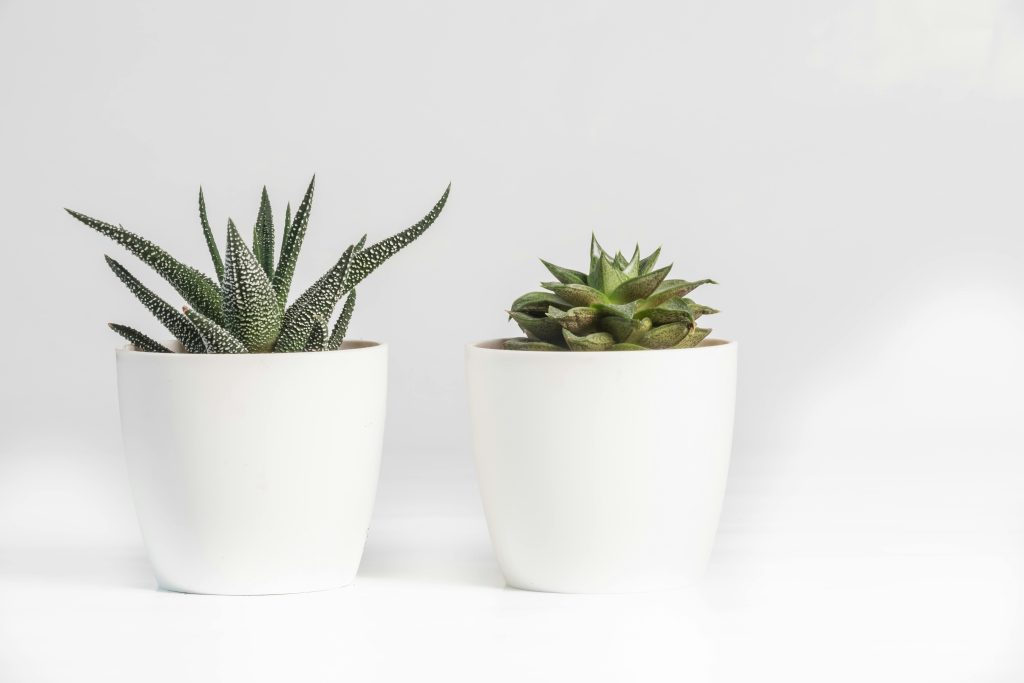
Design Tips for a Low-Maintenance Garden
Creating a low-maintenance garden involves smart planning. Here are tips to maximize beauty and minimize effort:
- Use Mulch: Apply 2–3 inches of organic mulch (like bark or wood chips) around plants to retain moisture, suppress weeds, and regulate soil temperature. Reapply annually.
- Group by Water Needs: Plant drought-tolerant species together and separate from moisture-loving plants to streamline watering.
- Choose Native Plants: Native plants, like black-eyed Susan or coneflower, are adapted to local climates and soils, requiring less care. Check with your local extension service for native plant recommendations.
- Incorporate Hardscaping: Use stone paths, gravel, or pavers to reduce the area needing plant care.
- Install Drip Irrigation: For larger gardens, a drip irrigation system delivers water efficiently, reducing manual watering. It’s especially helpful if you’re trying to Grow a Garden with Zen Plants, where consistent moisture supports a calm and low-maintenance environment.
Common Mistakes to Avoid
Even low-maintenance plants can fail if basic care principles are ignored. Avoid these pitfalls:
- Overwatering: Many low-maintenance plants, like lavender or sedum, rot in soggy soil. Always check soil moisture before watering.
- Planting in the Wrong Location: Match plants to their preferred light and soil conditions. For example, don’t plant shade-loving hostas in full sun.
- Choosing Invasive Species: Avoid plants like English ivy, which can spread aggressively and harm local ecosystems. Check with your local nursery for non-invasive alternatives.
FAQs
The easiest outdoor plants include black-eyed Susan, coneflower, lavender, sedum, and juniper. These plants are drought-tolerant, pest-resistant, and require minimal pruning or fertilizing.
Yes, drought-tolerant plants like yarrow, sedum, and ornamental grasses can survive with infrequent watering once established. However, water regularly during the first year to help roots develop.
Start small with affordable plants like daylilies or creeping thyme from local nurseries. Use seeds for perennials like black-eyed Susan to save money. Incorporate mulch and native plants to reduce long-term costs.
Conclusion
Low-maintenance outdoor plants are the key to a beautiful, stress-free garden. From vibrant black-eyed Susans to hardy junipers, these plants thrive with minimal care, making them perfect for busy homeowners or beginner gardeners. By choosing the right plants for your climate zone, grouping by water needs, and avoiding common mistakes, you can create a stunning outdoor space that practically takes care of itself. Start with one or two plants from this list, follow the simple care tips, and enjoy a thriving garden with less effort.